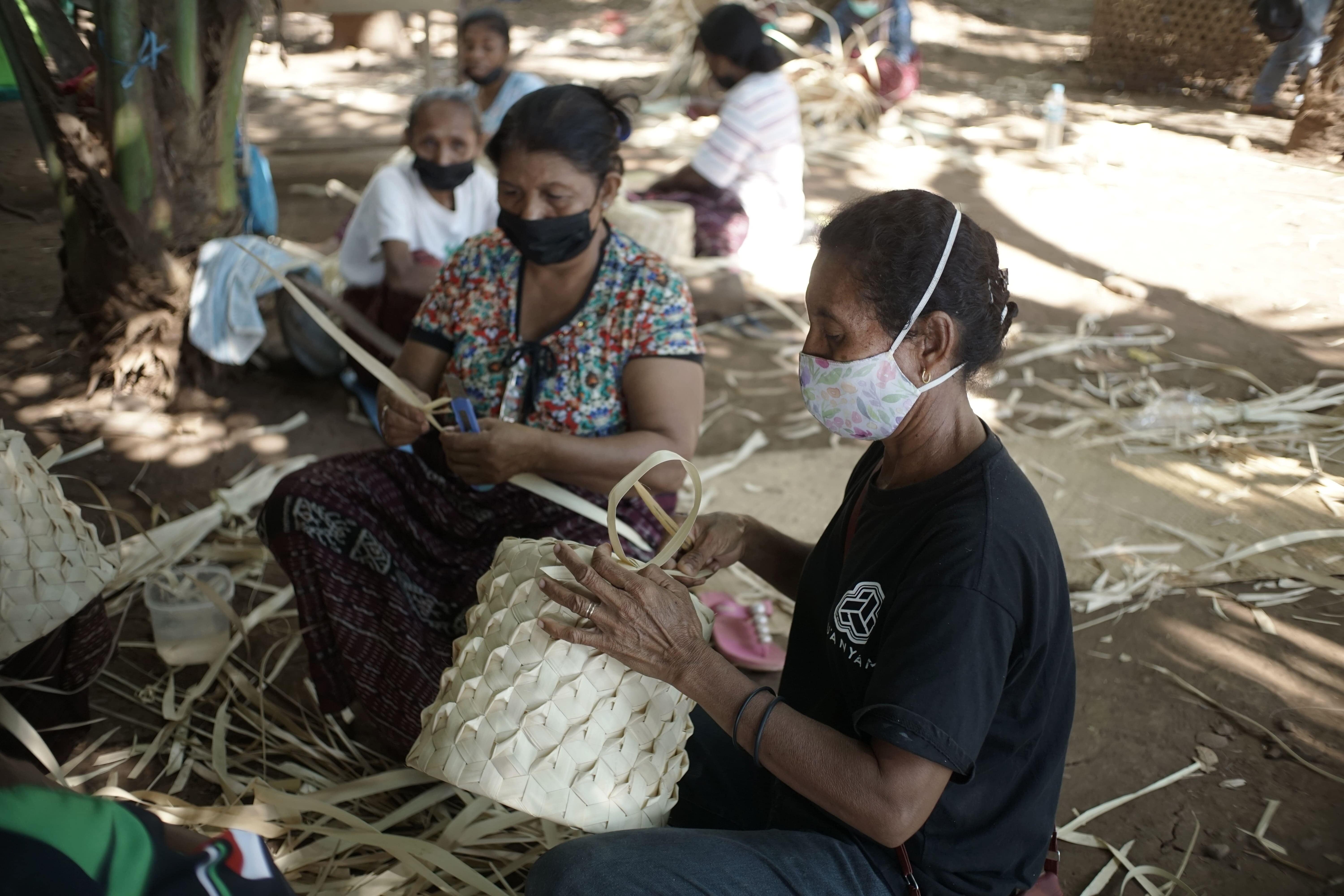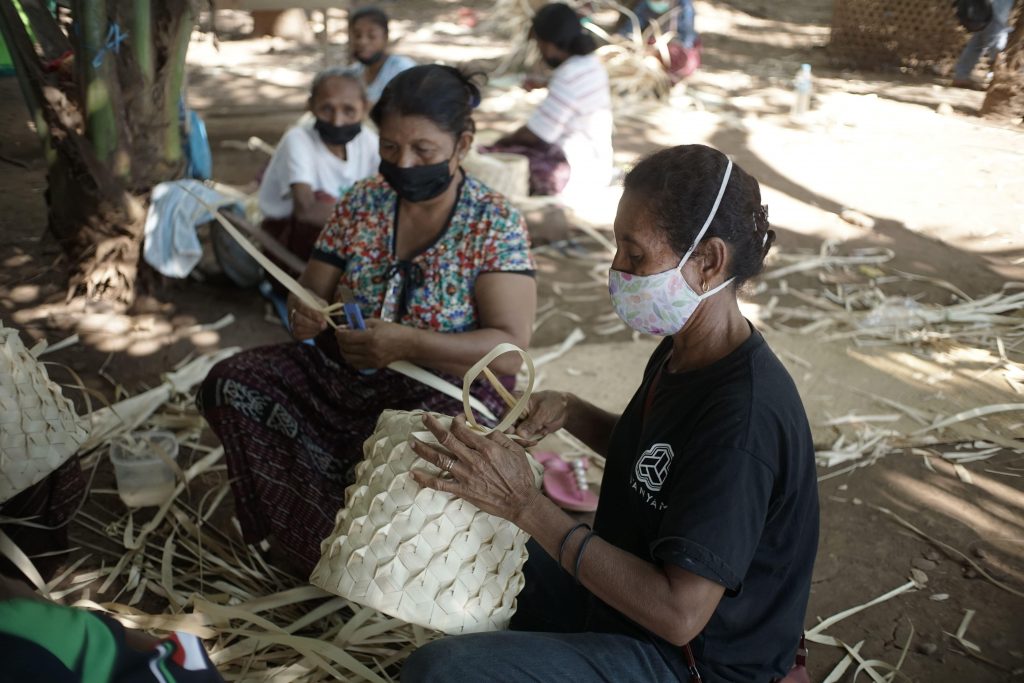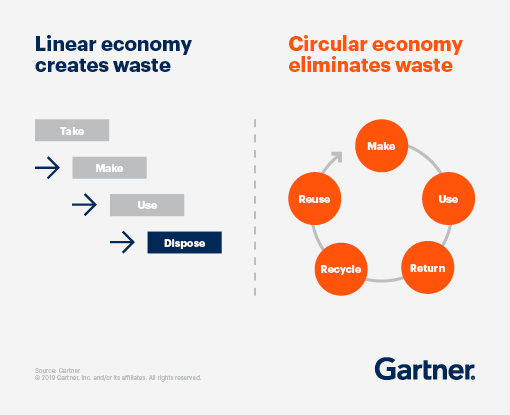As we move forward, new innovations and advancements are made each and every day. With that, we as a society, including our societal systems must move forward in order to create long-lasting change. Arguably, one of the most important changes that need to be made is in our economy. More specifically, revolutionizing the majority of our business models is key to the success of the world.
In the status quo, much of the world’s businesses have adopted a linear economic model, one that focuses on transforming materials into products that eventually become waste. Instead, we should be maximizing our productivity and focusing on reusing materials in order to create a more sustainable, environmentally-friendly future. With that, the circular economy comes into play.
What is a circular economy?
The circular economy, as described by the Ellen Macarthur Foundation, is “a systemic approach to economic development designed to benefit businesses, society, and the environment.” More specifically, a circular economy strives to keep the same materials and energy cycling through the economic system for as long as possible in order to boost sustainability and productivity. The goal of a circular economy is to create products that are reusable rather than recyclable, that can be used for a long time rather than once, and to ensure that products are created in a manner that is both economically and environmentally sustainable. In her speech, Du Anyam co-founder Hanna Keraf references Du Anyam’s use of natural, local fibers in order to create products. She explains “Du Anyam applies a sustainable harvesting system, where harvests are carried out at certain periods to ensure trees or plants can grow sustainably.” By creating a system in which these resources can be constantly harvested but grown to capacity, Du Anyam can practice circular economics.
Why is the circular economy important?
The European Parliament in 2021 explains that a circular economic model moves towards “reducing pressure on the environment, improving the security of the supply of raw materials, increasing competitiveness, stimulating innovation, [and] boosting economic growth.” These benefits all are inherent when the model of production is more sustainable. Moreover, benefits to sustainability and economics can translate to social improvements as well. For example, Keraf explains that through promoting a sustainable model, Du Anyam is able to teach the artisans they work with about environmentally friendly practices they can take in order to ensure the stability of the resources they work with. This ensures the stability of work overall, as these empowerment activities are reliant on the resources in the area; maintaining them and even growing supply means that jobs in the region will ultimately flourish. Women in Flores weave palmyra leaves, while women in South Kalimantan weave purun grass.
As an enterprise, Du Anyam sets the bar for a good model of circular economics. While they still can improve more, it’s important to realize that circular economics is not practiced in every business. Prioritizing a circular model can help promote business and economies at a local and regional level, and can reduce waste and unnecessary costs.
Ultimately, Du Anyam wants you to join the movement towards a more sustainable future and partner with them to promote circular economic practices in the changing economy. Let’s move together.



